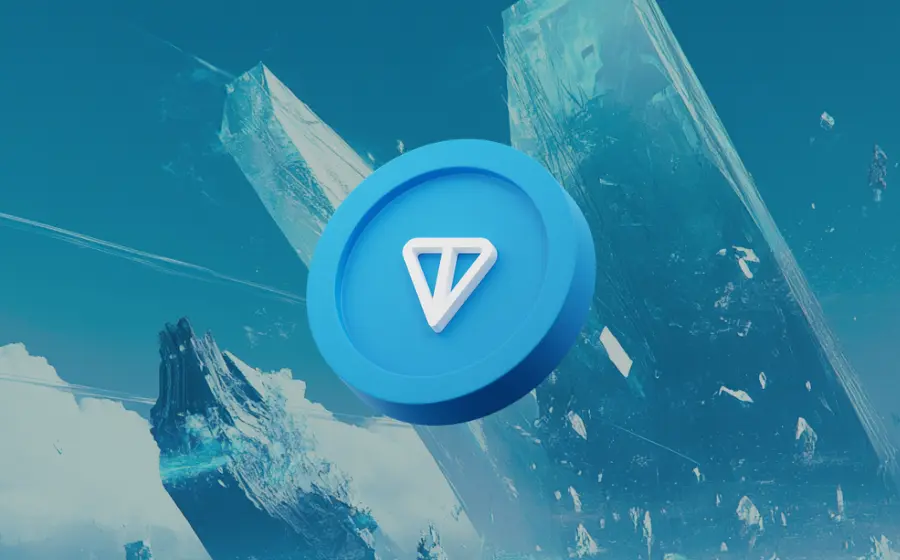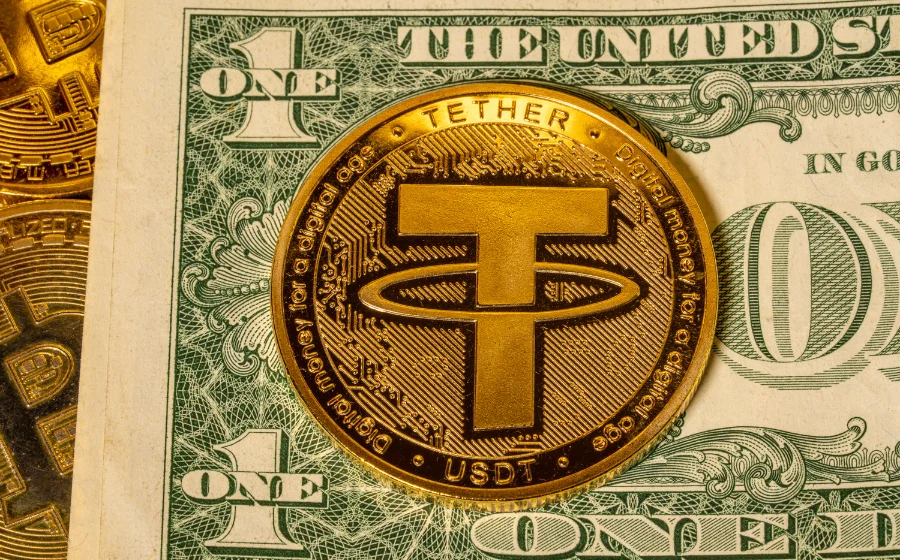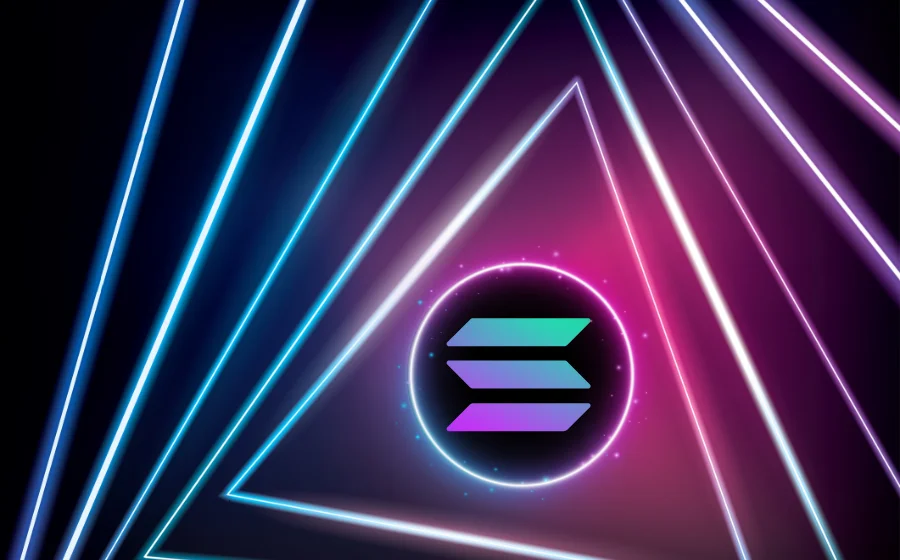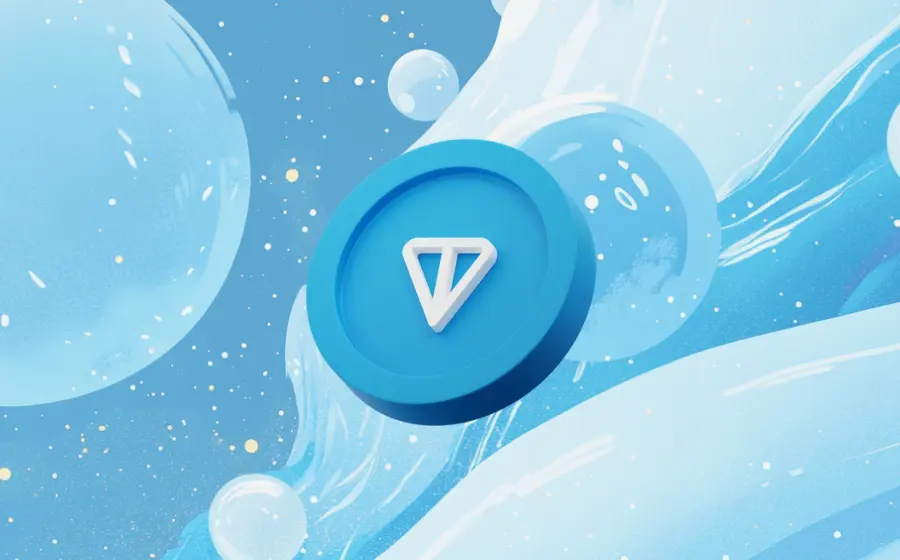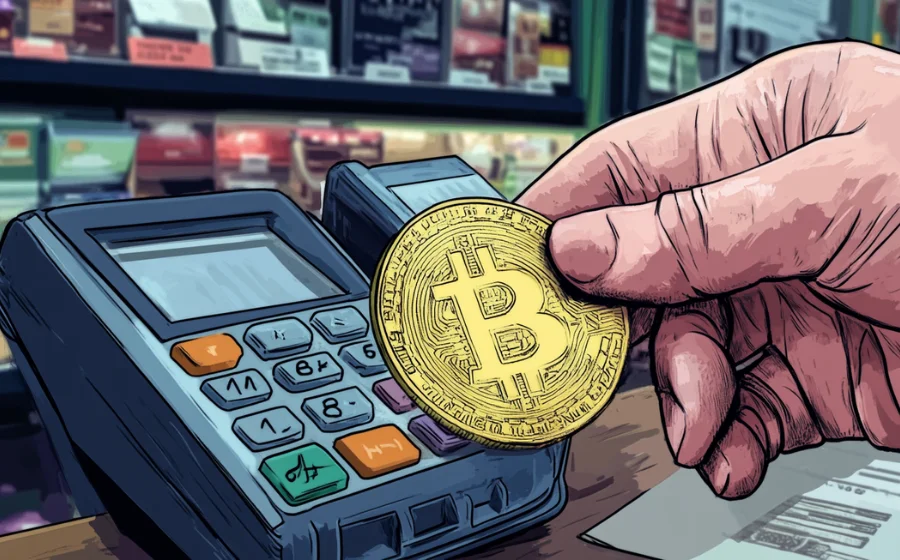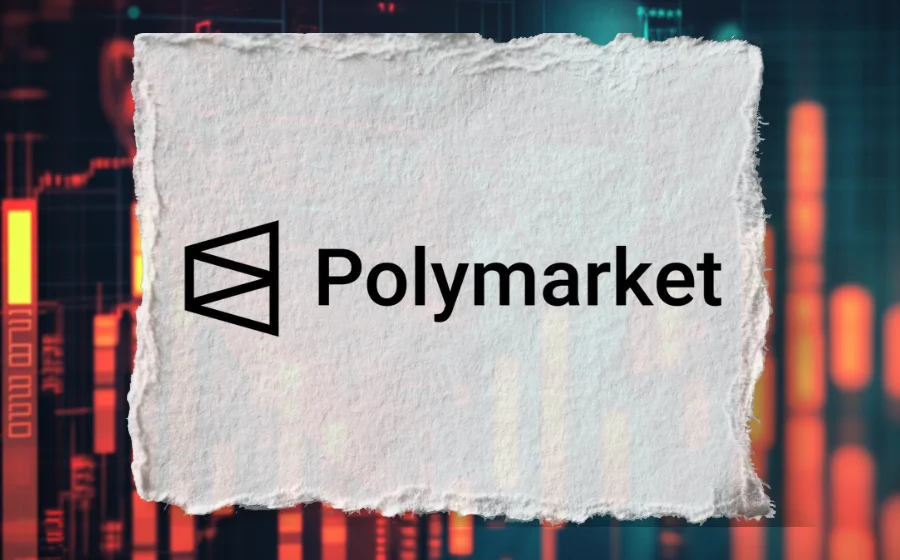
KEYTAKEAWAYS
- Decentralized apps (DApps) run on blockchain networks, offering security, transparency, and user control.
- This guide covers how DApps work, their types, benefits, and future potential.

CONTENT
Decentralized applications (DApps) are reshaping the way we think about the internet and technology. Unlike traditional applications, which are controlled by a central authority, DApps are run on a decentralized network, offering users enhanced security, transparency, and autonomy. In this article, we’ll dive deep into what DApps are, how they work, the challenges they face, and their importance in today’s digital world.
WHAT IS A DECENTRALIZED APP (DAPP)?
Decentralized applications (DApps) are applications that operate on a decentralized network, typically built on blockchain technology, rather than relying on a single, centralized server. This key distinction allows DApps to provide users with a range of benefits, including greater privacy, security, and resistance to censorship. While traditional applications are controlled by a single organization, DApps are maintained by a network of users or nodes.
Key Features of DApps
DApps come with several core characteristics that set them apart from traditional apps:
- Open Source: The code behind DApps is typically open-source, meaning anyone can inspect it, verify it, and contribute to its development. This transparency is a hallmark of decentralized systems.
- Decentralization: Instead of being hosted on a centralized server, DApps operate on a peer-to-peer network, where no single entity has control. This decentralization reduces the risk of system failures or censorship.
- Incentivization: Many DApps use cryptocurrencies or tokens as part of their ecosystem. Users who contribute to maintaining or improving the DApp may be rewarded with tokens, creating an incentivized environment for development and usage.
The History and Evolution of DApps
The concept of DApps originated with the creation of Bitcoin, which can be considered the first decentralized application, as it operates on a peer-to-peer network and offers a decentralized solution for digital transactions. However, DApps gained significant traction with the launch of Ethereum in 2015, which introduced smart contracts. These programmable contracts allowed developers to create DApps for a wide range of applications, from finance to gaming.
Ethereum became the foundation for many DApps, and its blockchain is still the most popular platform for decentralized applications today. Over the years, other blockchains like Binance Smart Chain, Solana, and Polygon have also become important ecosystems for DApp development.
HOW DO DECENTRALIZED APPS WORK?
The fundamental technology behind decentralized applications is the blockchain. DApps leverage blockchain to achieve decentralization, enabling them to operate without a central authority. The blockchain acts as a distributed ledger that records all transactions and actions within the DApp, ensuring transparency and security.
The Role of Blockchain
Blockchain is the backbone of DApps. Each DApp is built on a blockchain, which provides the infrastructure for decentralization. Transactions within the DApp are verified and recorded by a network of nodes, ensuring that no single entity has control over the application’s operation. This eliminates the need for intermediaries, allowing DApps to function autonomously.
For example, Ethereum’s blockchain is one of the most popular platforms for DApps because it supports smart contracts, which are self-executing contracts that run when predetermined conditions are met. This feature enables DApps to automate processes without requiring human intervention.
Smart Contracts: The Backbone of DApps
Smart contracts are at the heart of DApps. These self-executing contracts allow DApps to automate complex processes, removing the need for intermediaries or manual oversight. When users interact with a DApp, they often engage with a smart contract that governs the behavior of the application.
For example, in a decentralized finance (DeFi) DApp, smart contracts manage lending and borrowing without the need for a central authority like a bank. Once the conditions set by the smart contract are met, the contract executes itself, ensuring a trustless interaction between users.
Token Economy in DApps
Many DApps rely on a token-based economy to incentivize users and maintain the application. These tokens can serve various purposes, such as governance, access to premium features, or rewarding users for their contributions.
For instance, Uniswap, a decentralized exchange (DEX), uses a native token called UNI. Users can earn UNI tokens by providing liquidity to the platform or participating in governance decisions about the future direction of the DApp. This token-driven economy ensures that users are actively involved in the success and growth of the DApp.
TYPES OF DAPPS
DApps span a wide range of industries and use cases, from finance to gaming to social media. Here are some of the most common types of decentralized applications:
Financial DApps (DeFi)
One of the most significant areas where DApps have made an impact is in decentralized finance (DeFi). DeFi DApps enable users to access financial services without relying on traditional financial institutions. Users can lend, borrow, trade, and invest directly on these platforms.
Examples include Aave, a lending platform where users can borrow assets or earn interest by lending their own, and Uniswap, a decentralized exchange that allows users to trade tokens without the need for a central authority.
Gaming DApps
Blockchain technology has also made inroads into the gaming industry, where DApps are revolutionizing how players interact with in-game assets. In blockchain-based games, players truly own the items they acquire, which can be traded or sold on secondary markets.
For example, Axie Infinity allows players to collect, breed, and battle virtual creatures called Axies. Players can earn rewards in the form of cryptocurrency, creating a new play-to-earn model that is gaining traction.
Social Media DApps
DApps are also changing the landscape of social media. Decentralized social platforms allow users to take control of their data and avoid censorship. On these platforms, users own their content, and no central authority can restrict access or impose rules.
One example is Steemit, a decentralized content-sharing platform where users are rewarded with cryptocurrency for creating and curating content.
WHY ARE DAPPS IMPORTANT?
The rise of DApps is changing how we think about applications and the internet. They offer numerous advantages over traditional, centralized apps.
Decentralization: A Trustless System
The primary benefit of DApps is their decentralized nature, which eliminates the need for intermediaries. This trustless system allows users to interact directly with each other, knowing that the blockchain will ensure the integrity of their transactions.
For example, in a DeFi DApp, users can lend and borrow funds without needing a bank or other financial institution as a middleman. This creates a more inclusive and accessible financial system.
Enhanced Security and Privacy
DApps offer enhanced security and privacy because they run on a decentralized network. Data stored on the blockchain is immutable and encrypted, making it much harder for hackers to alter or steal information. Additionally, users have greater control over their personal data, as there is no central entity storing it.
For instance, in a decentralized social media DApp, users retain ownership of their content, ensuring that their data cannot be sold or misused by a third party.
Transparency and Trust
Because all actions within a DApp are recorded on the blockchain, they are visible to all participants. This transparency builds trust among users, as anyone can verify the integrity of the application’s operations.
In contrast to traditional applications, where users must rely on a central authority’s promises, DApps offer an open and transparent system where users can independently verify all transactions.
CHALLENGES FACED BY DAPPS
While DApps offer many benefits, they also face significant challenges. These obstacles must be addressed to ensure the long-term success and adoption of decentralized applications.
Scalability Issues
One of the most pressing challenges for DApps is scalability. Because each transaction on the blockchain must be verified by a network of nodes, DApps can become slow and expensive to use during periods of high demand.
For example, Ethereum’s blockchain has struggled with high gas fees during network congestion, making it costly for users to interact with DApps. Solutions such as Layer 2 scaling technologies aim to reduce these costs and improve transaction speeds.
User Experience (UX)
Many DApps have a steep learning curve, especially for users unfamiliar with blockchain technology. Complex interfaces and the need for users to manage their own private keys can deter mainstream adoption.
Improving the UX of DApps is essential to attracting a broader audience. Simplifying the onboarding process and providing user-friendly interfaces will help bridge the gap between blockchain enthusiasts and the general public.
Legal and Regulatory Uncertainty
DApps operate in a legal gray area in many jurisdictions. Because they are decentralized, it can be challenging to determine who is responsible for regulatory compliance. This uncertainty poses risks for both developers and users, as regulators may impose new rules that could impact DApp operations.
Developers must navigate these regulatory hurdles while ensuring that their DApps remain compliant with local laws.
FUTURE OUTLOOK OF DECENTRALIZED APPS
Despite these challenges, the future of DApps is bright. As blockchain technology continues to evolve, we can expect to see more scalable and user-friendly DApps that will reshape entire industries.
Layer 2 Solutions and Scalability Improvements
Layer 2 solutions, such as rollups and sidechains, are being developed to enhance the scalability of DApps. These technologies allow transactions to be processed off-chain, reducing congestion and lowering costs.
For example, Polygon is a Layer 2 solution that works with Ethereum to improve its scalability, making it easier and cheaper to use DApps on the Ethereum network.
The Growth of Web3 and Decentralized Internet
DApps are central to the development of Web3, the decentralized internet. As more users seek to reclaim control of their data and interactions, DApps will play a key role in building a more transparent and equitable online ecosystem.
The Role of Ethereum 2.0
Ethereum 2.0, with its transition to a proof-of-stake (PoS) consensus mechanism, is expected to dramatically improve the scalability and efficiency of DApps. This upgrade will lower transaction costs, increase speed, and reduce energy consumption, making Ethereum-based DApps more accessible to a wider audience.
CONCLUSION
Decentralized applications represent a significant shift in how we use technology and the internet. By leveraging blockchain technology, DApps offer users enhanced security, transparency, and control over their digital lives. As the ecosystem continues to grow and evolve, DApps will likely become an integral part of our everyday online experience.
>> Also read:
- What Is Crypto Staking?: Overview, How It Works, & Future
- 14 Ways To Earn Passive Income With Crypto in 2024
- Crypto Trading Strategies for Beginners: Your First Step to Earning Millions

